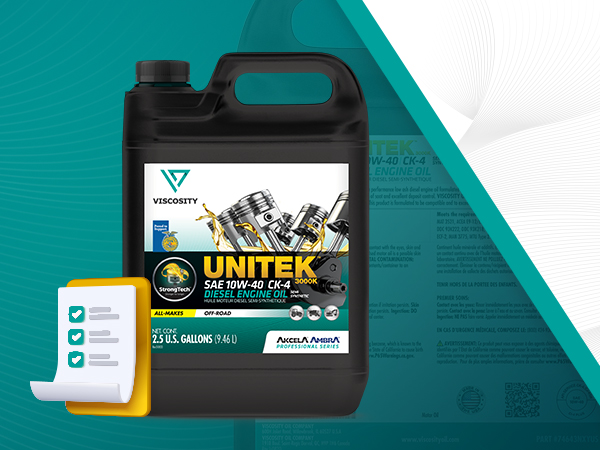

2023 is rolling to an end, but industry advancements and changes remain as dynamic as ever. The agricultural and food industry overall will continue to experience significant advances, targeted especially to improve environmental sustainability and conservation, as well as food security ahead of the expected increased demand in future years.
So, join us for a sneak peek at what the experts are considering as the trends to take notice of for this new year and beyond!
A Smart and Sustainable Field
Most of the innovations that have been making waves in the agricultural industry are those that relate to connectivity, automation, and IoT. In prior blogs, we have discussed how these technologies aid in practices like Precision Agriculture, a way of working the land in a more sustainable manner. Precision Agriculture aims to reduce excessive intervention and optimize operations by collecting data and monitoring operations so that the information can become the basis for planning and managing the field with minimal losses. Smart technology supports this practice by providing complex equipment such as sensors, monitoring applications, cameras, and other implements that build up the hub needed to make efficient decisions.
- Artificial Intelligence: AI emerges as an interesting alternative to integration and data management. Many local and international startups are already entering this space with solutions like Sway AI to aid in farm management, including plant and soil health monitoring, as well as data integration and forecasting. The Fend Rogator sprayer, developed jointly by Bosch BASF and AGCO Corporation, is to be available in 2024, bringing AI into the spraying process through a sophisticated mix of sensors, automation, data collection, as well as identification technology. This complete data input will help farmers save resources as well as provide valuable information in a single, integrated platform.
Furthermore, the climate is also an AI target. Stanford-born startup ClimateAI has been developing climate resilience platforms since its inception in 2017 and has grown in size and complexity as investments and clients grow. Climate AI uses artificial intelligence and climate risk modeling to provide forecasting to climate events that could disrupt businesses, including agriculture. This information aims to help companies make informed and timely decisions ahead of climate disruptions and mitigate risks and consequences to their operations. As climate change and weather instability remain a global challenge, solutions like ClimateAI could play a significant role in the future of the industry during and after 2024.
As digital processes become more prevalent in farms, the once-manual data collection can be automated and digitalized, favoring the implementation of complex AI algorithms that can significantly optimize input and output in an effort to provide precision not only to the final yield but to daily operations. 2024 will definitely see AI grow and will be the year to challenge farmers to ease into these new technologies in user-friendly ways to aid in this exponential growth. - Automation and Robotics: replacing humans with robots still seems to be something out of a science fiction novel, but in many ways, machines have been able to support human operations in very valuable ways. The agricultural industry has benefited from aids such as drones and self-driving equipment for a few years already, and 2024 is not set to be any different. Directly linked with improvements in data integration and AI, enhanced safety, and less dependability on human intervention, autonomous equipment will continue to power through the fields, with major industry players like John Deere set to lead with new autonomous vehicle models hitting the market next year.
And speaking of drones! Considering today’s labor shortage, drones have become an indisputable ally for farming operations. Drone swarming is expected to gain even more attention in the upcoming years, a practice that sees a group of drones work in unison to monitor, survey and work the crops with heightened efficiency and accuracy. Although some obstacles remain, mainly due to connectivity and regulation concerns, this practice is expected to soar sooner rather than later. - Agroecology, biodiversity, and regenerative agriculture: sustainability is the name of the game, and the world knows it. Behind will be the damaging practices that have taken over the business for so many years, replaced by socially and ecologically conscious approaches that protect the environment and our food sources. Practices like regenerative agriculture—for soil protection and restoration— and agroecology are the perfect examples of this new focus, fostering organic farming, promoting a circular economy, and improving efficiency through recycling and bioprocessing. Crop rotation practices can aid in the diversification and ecological balance of the farming ecosystem by providing nutrients and biodiversity that benefit all participants in the cycle. Additionally, ancient grains, or heritage grains, are gaining popularity as a natural, resilient source of food with minimal intervention for increased health benefits as consumers continue to expect greater supply chain transparency, ethical food sourcing, and plant-based protein alternatives, like mushrooms and algae. 2024 may see a rise in these alternative food sources and an increase in the implementation of more sustainable practices, especially at local and community levels.
The New Challenges
Start 2024 with the best protection for your equipment! VISCOSITY Oil Company will continue supporting your business and your everyday operations with the best quality products so you can continue Working in Fluid Motion— no matter the season, the system, or the trend. Our commitment to your equipment stays strong with solutions formulated for ALL!. Thank you for being part of the VISCOSITY Oil Family and looking forward to seeing you in 2024!
RELATED ARTICLES
Keep an Eye Out: New Trends in the AG Industry 2023 is rolling to an end, but industry advancements and changes remain …
Harvesting Success: Crop Rotation and Cover Crops Crop rotation and the use of cover crops are key tools for sustainable farming practices …




















